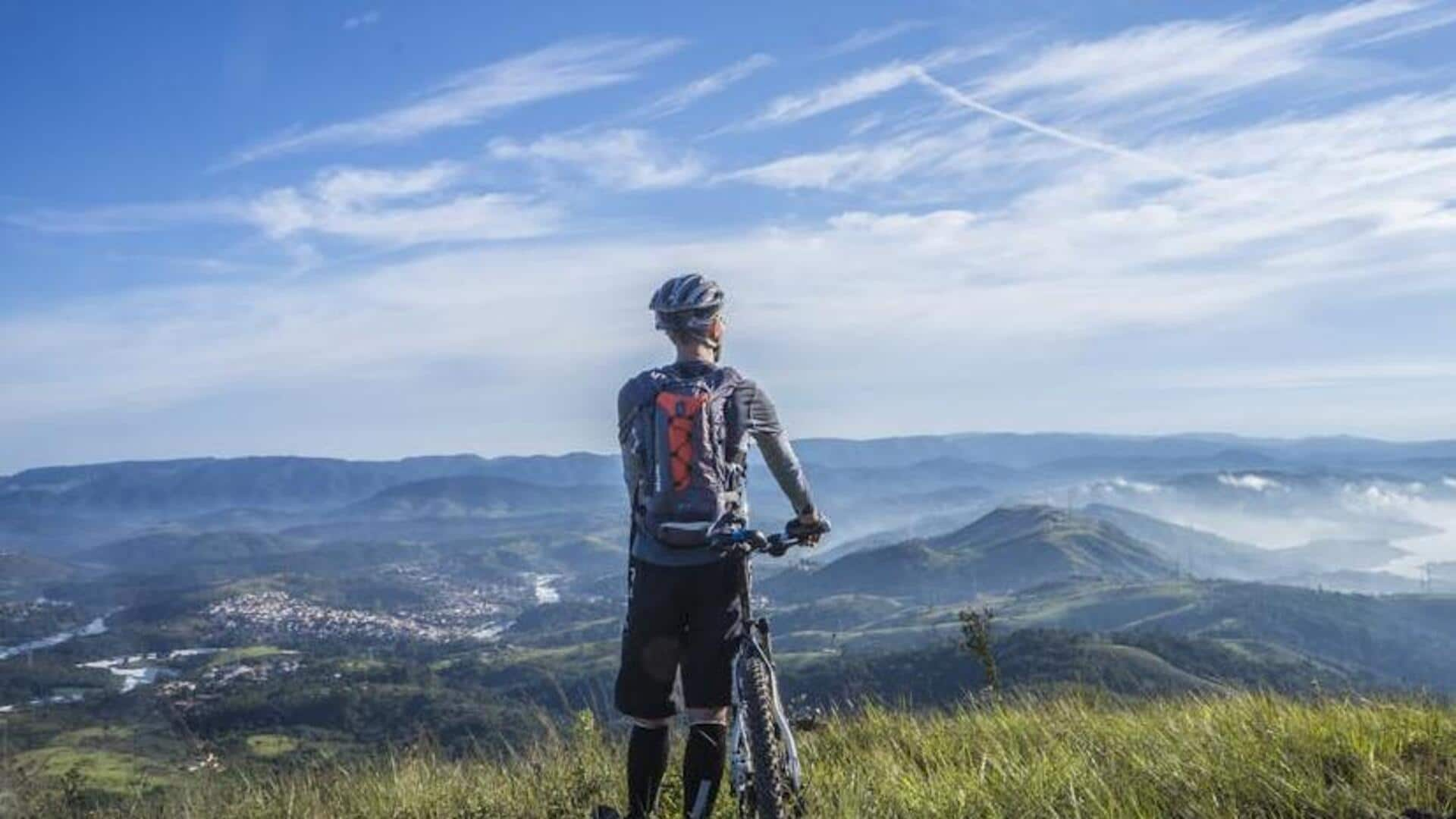
Navigating city cycling safely and efficiently
What's the story
City cycling can be daunting, particularly for beginners or those accustomed to less congested environments.
However, with the right knowledge and preparation, it transforms into a convenient, healthy, and fun way to navigate the hustle and bustle.
This article offers crucial tips for cycling safely and efficiently in the urban jungle.
Planning
Know your route
Before you hop on your bike, take some time to plan your route.
Leverage online maps or cycling apps to identify bike-friendly roads and paths.
Steering clear of high-traffic areas when possible will not only make your ride safer but also more enjoyable.
Plus, having your route mapped out in your mind beforehand eliminates the need to stop frequently to check directions, allowing you to reach your destination more efficiently.
Awareness
Master the art of defensive cycling
Defensive cycling is all about staying alert and anticipating dangers before they happen.
Keep an eye out for car doors opening unexpectedly, pedestrians stepping into the road without looking, and vehicles turning across your path.
Making eye contact with drivers and pedestrians can help gauge their intentions and make sure they've seen you.
Following these tips can greatly increase your safety when cycling in the city.
Gear up
Equip your bike properly
Equipping your bike properly is crucial for safe city cycling.
A good set of lights is vital for ensuring you're seen at night or in low-light situations.
Wearing reflective clothing or accessories amplifies your visibility to motorists and pedestrians.
And, of course, a strong lock is a must to protect your bike during pit stops.
Compliance
Follow traffic rules diligently
Just like drivers, cyclists are also required to follow the rules of the road.
This means stopping at red lights and stop signs, signaling turns ahead of time, and always riding with the flow of traffic, not against it.
Adhering to these rules not only keeps you safe but also avoids causing unnecessary traffic disruptions.
Vigilance
Stay alert at all times
Being alert means more than just keeping an eye on cars; you also need to scan the road ahead for hazards.
Potholes, slick spots after rain, train tracks cutting across your path - these all present dangers that demand split-second reactions.
You need to be able to quickly dodge around them without losing control or veering into traffic.